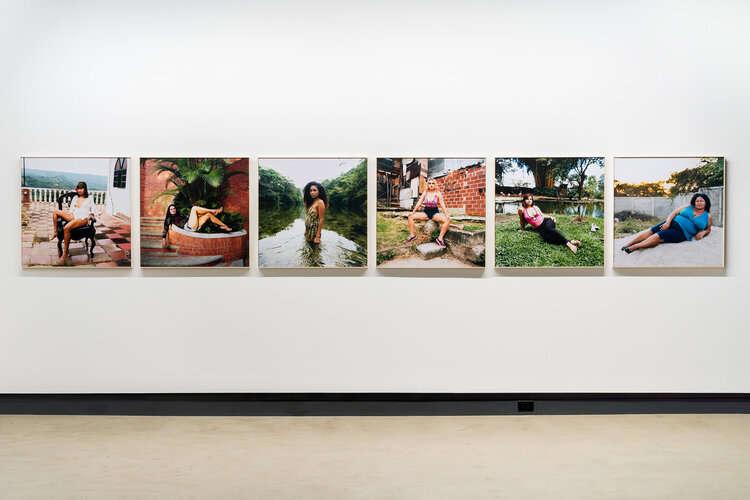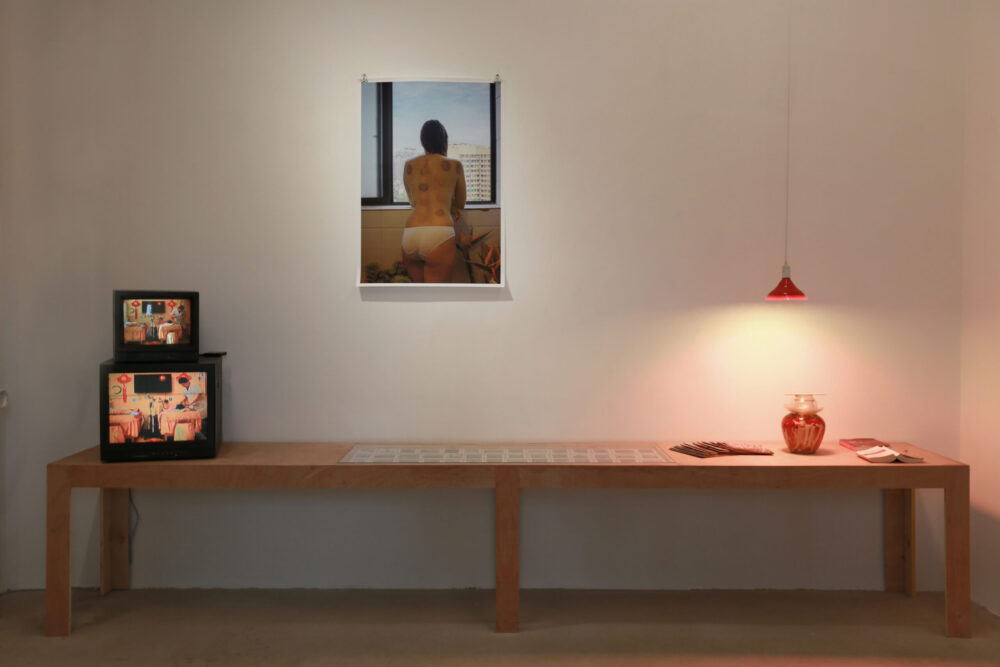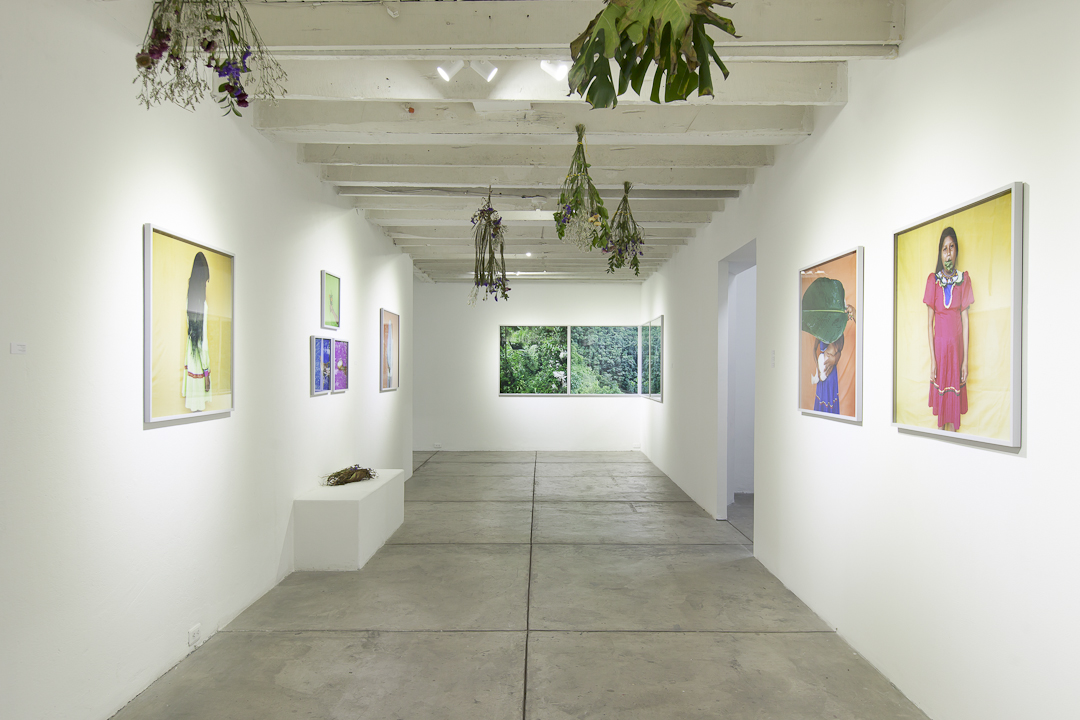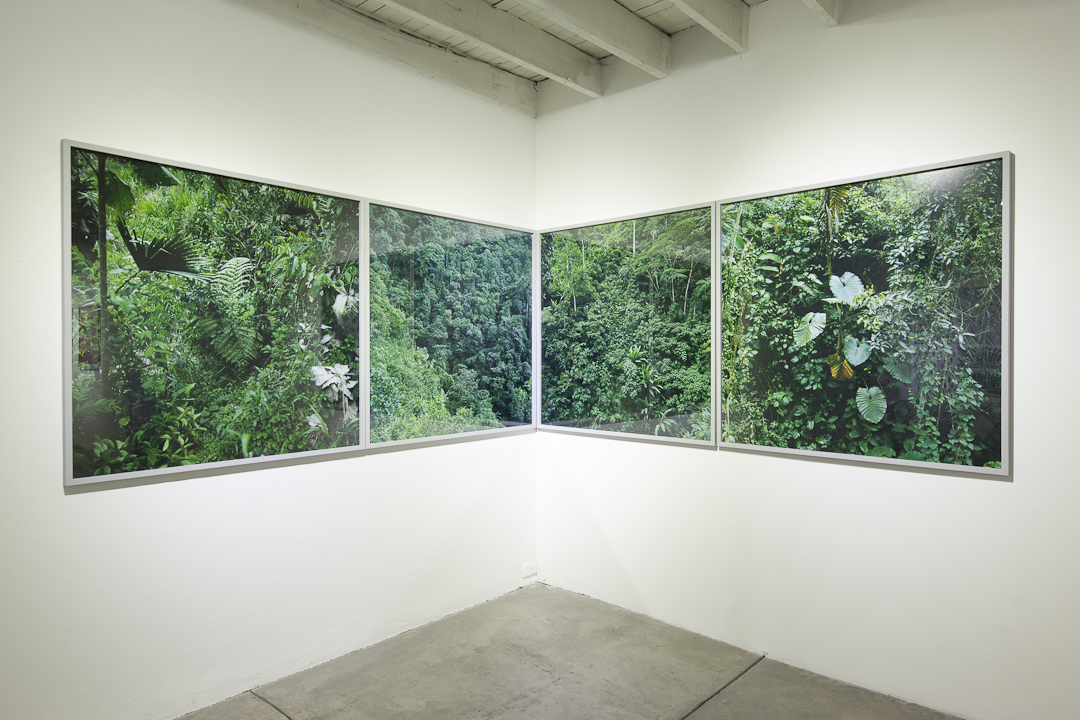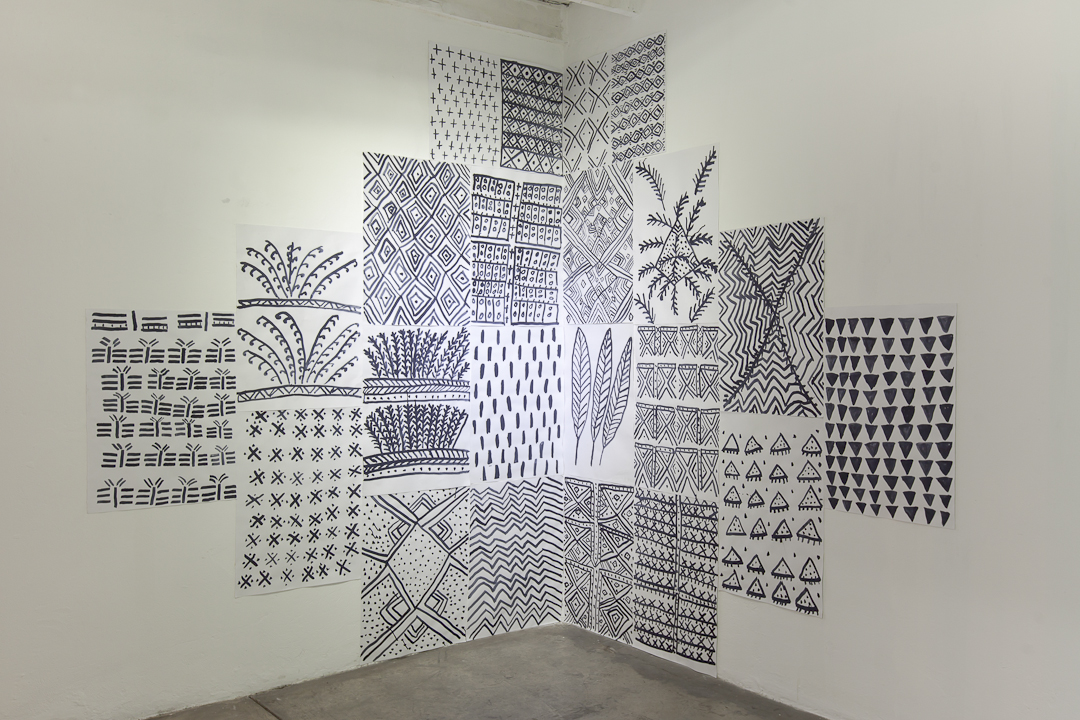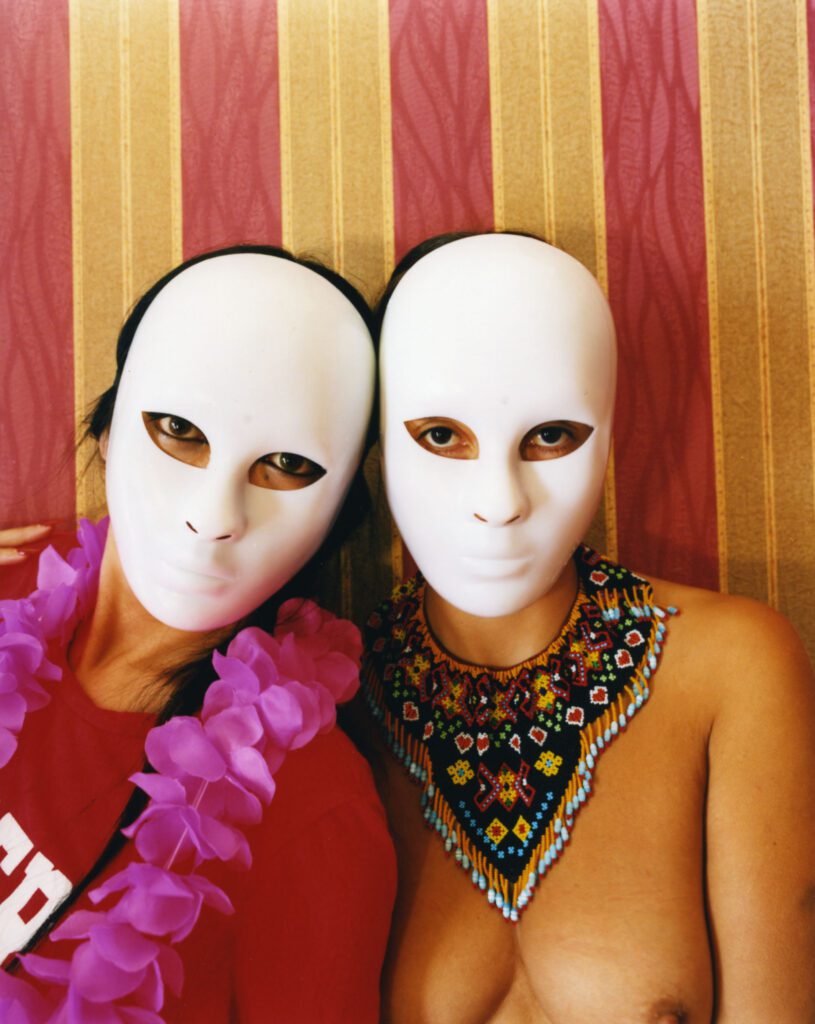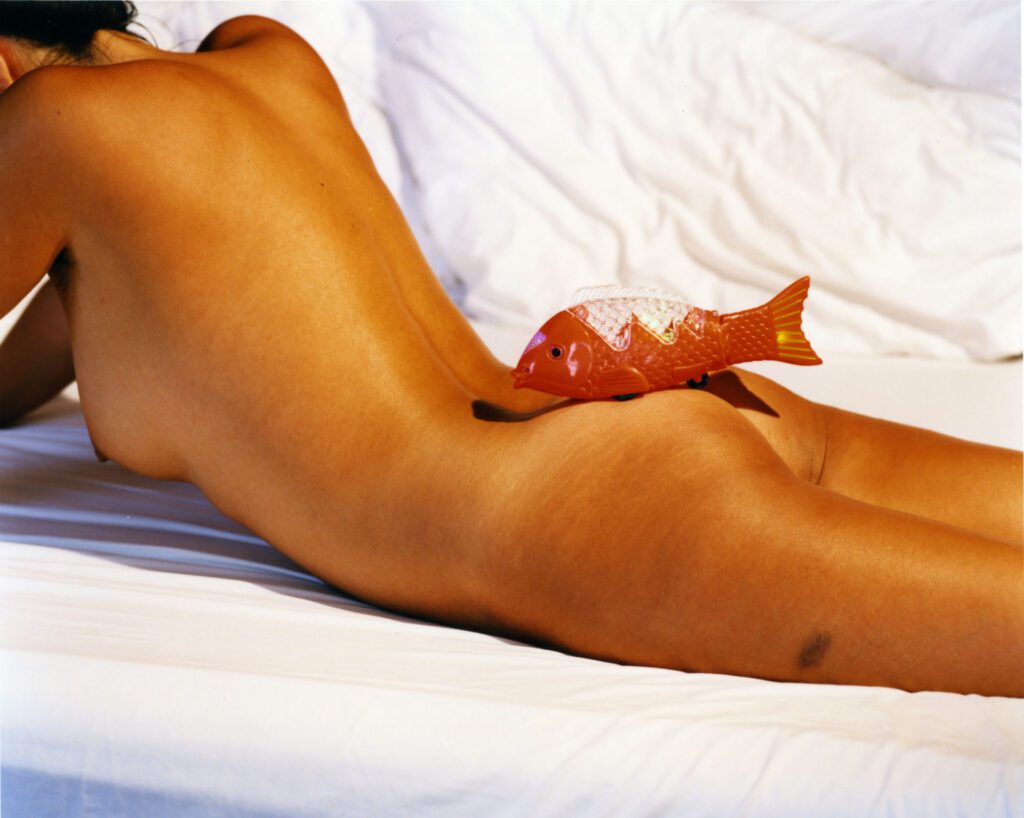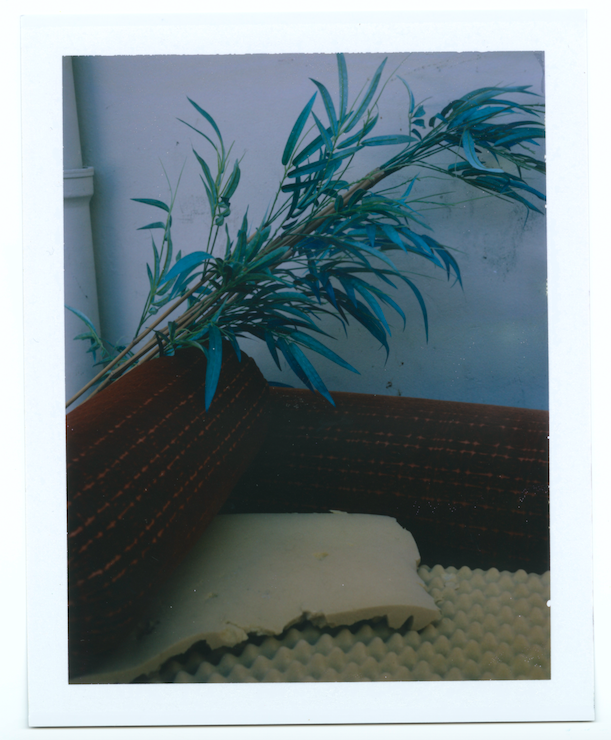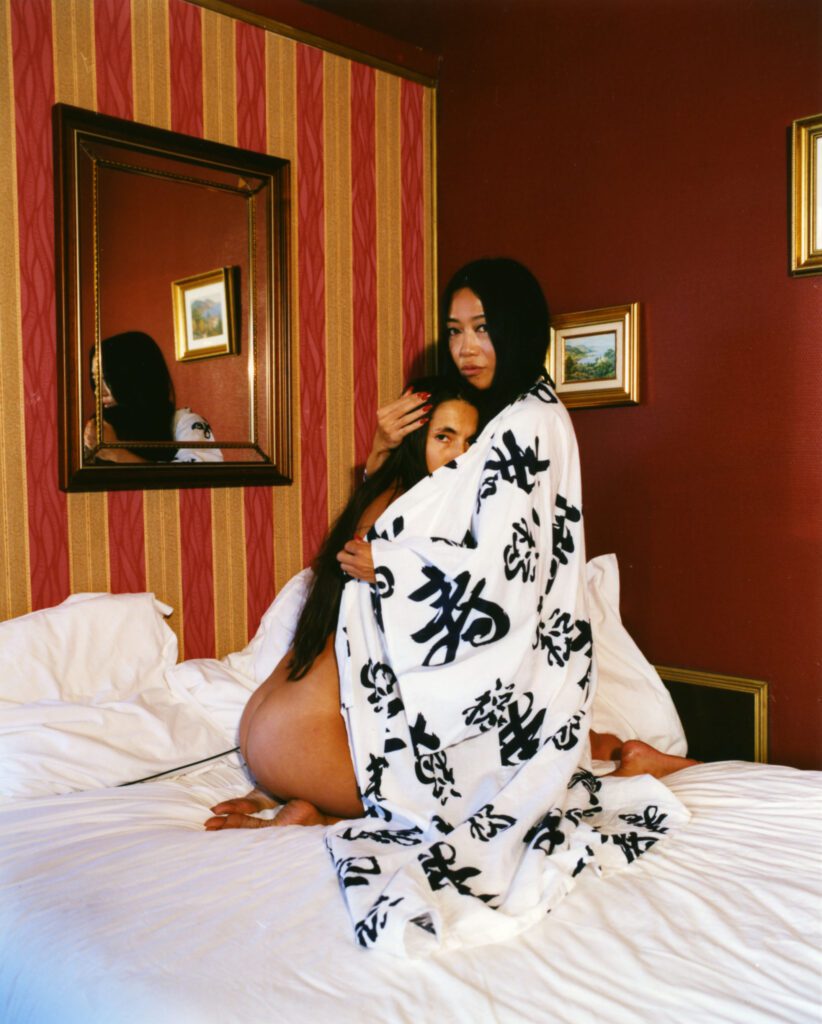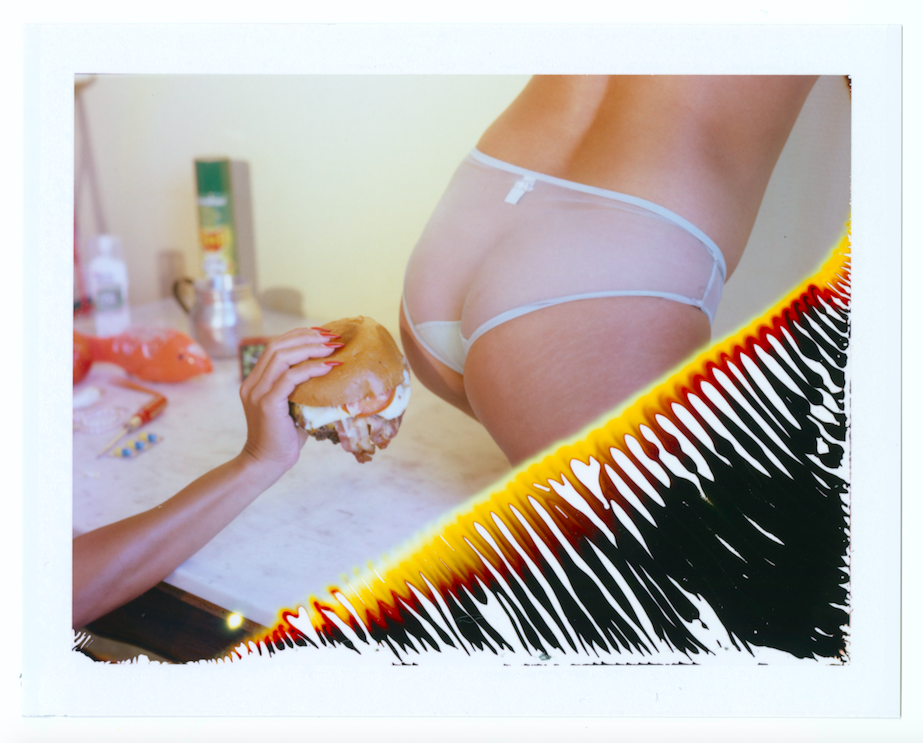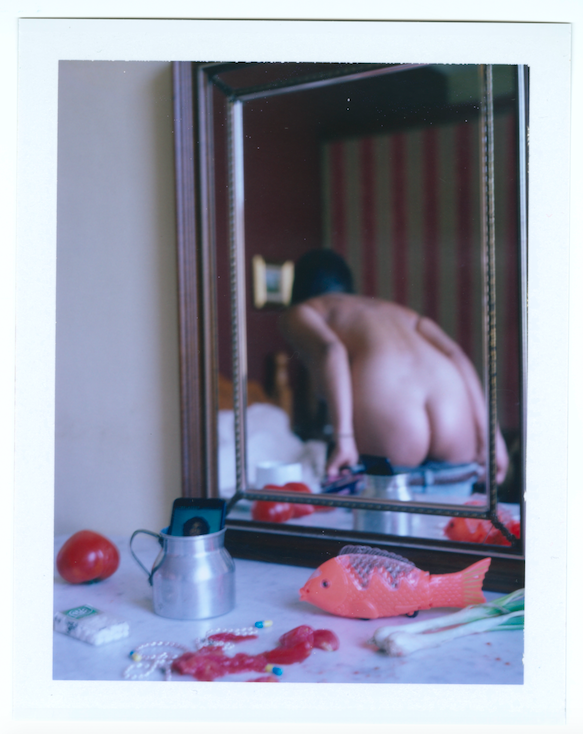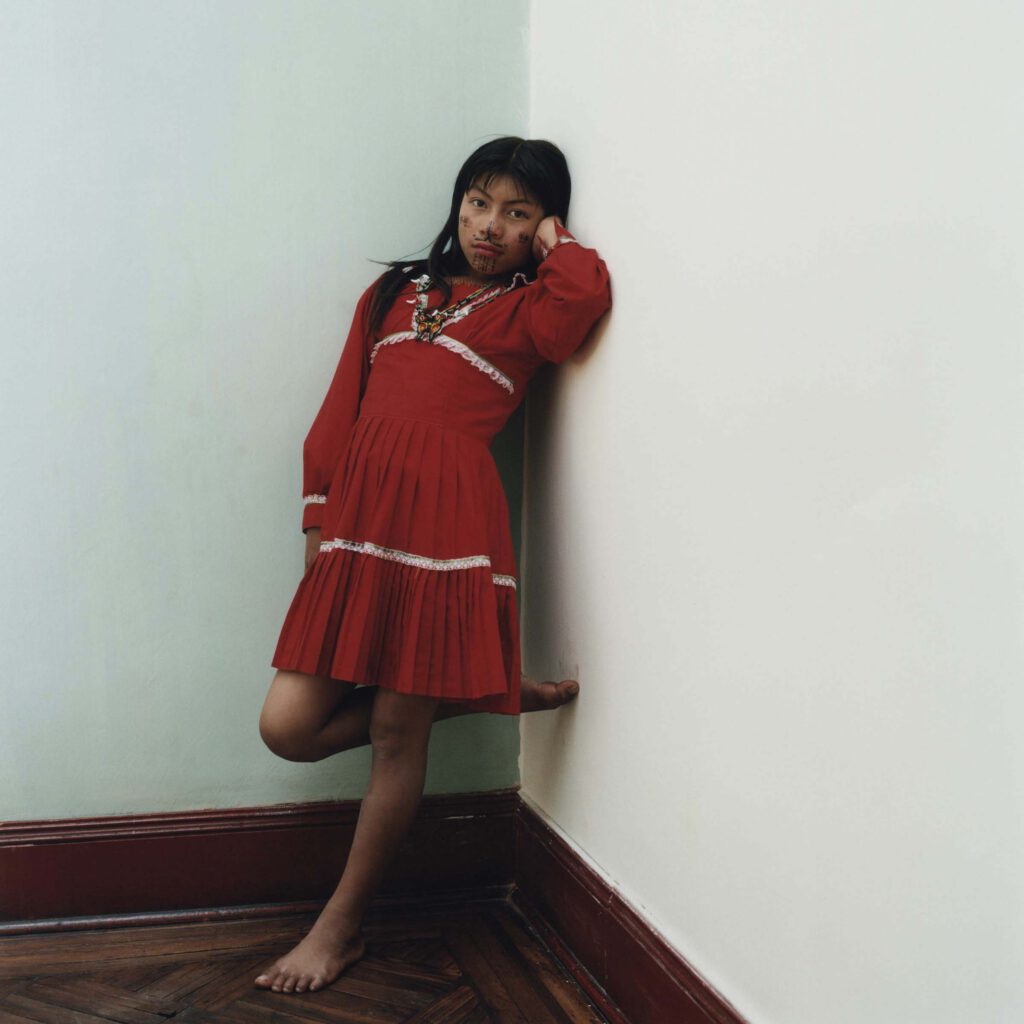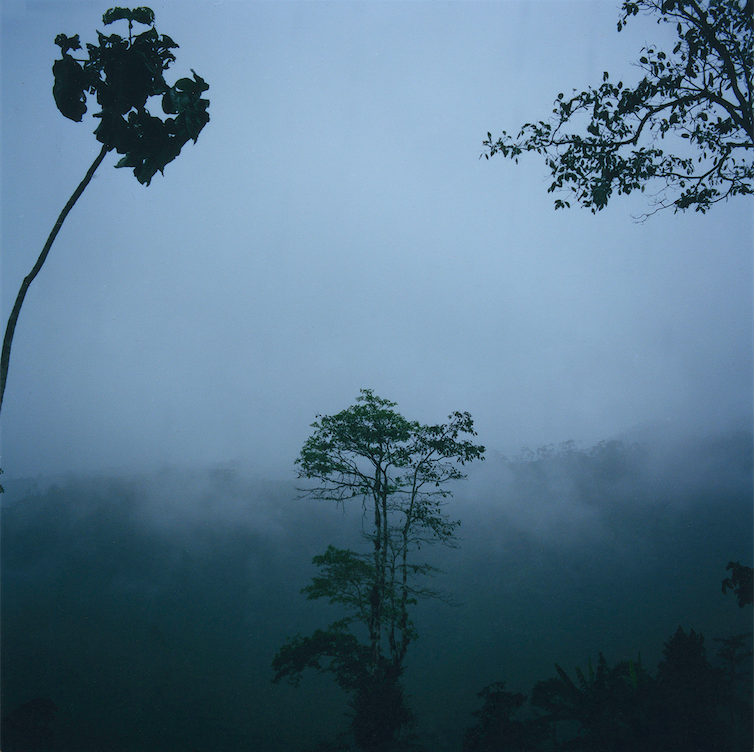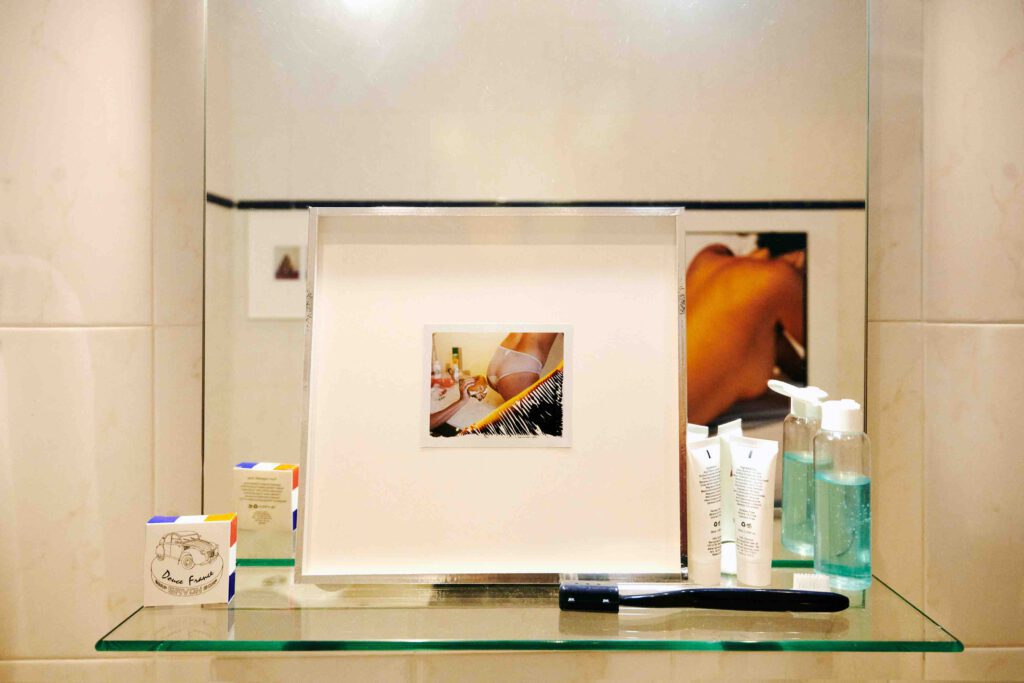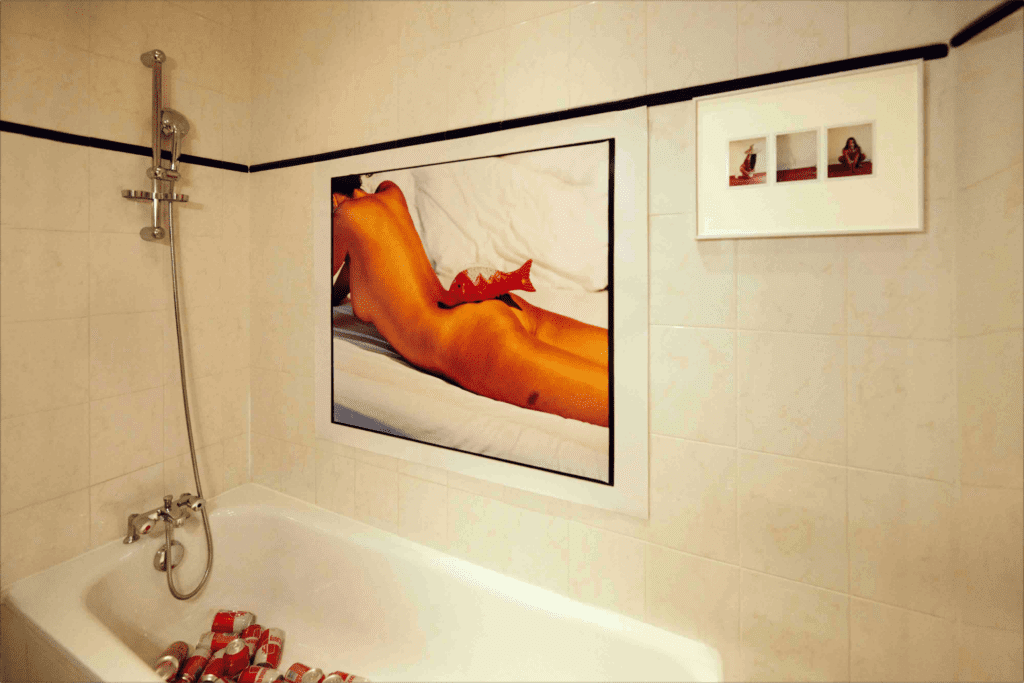KAREN PAULINA BISWELL
French-Colombian artist. Her work analyses the notion of feminity and womenhood, like in her well known series “ELLAS”
Seminal for her practice is the ongoing series Nama Bu, a portrait of an Embera family in Colombia. She has broken boundaries within art system, and the ethnological representation of the first nation.
cv Born in 1983 Curaçao to Colombian Parents who had to emigrate to France. Lives and works between Paris and Colombia. Awards / Grants 2019 Prix Pictet / Nominee 2018 Residencies Program of the Musée du Quai Branly- Jacques Chirac / Laureate 2017 World Press -The 6×6 Global Talent Program / Nominee 2016 Gd4Photoart Award by MAST Foundation / Nominee 2016 Higashikawa Award (Japan) / Nominee 2016 Prix de la Photo Madame Figaro Arles (France) / Nominee 2014 World Press Photo-Joop Swart Masterclass / Nominee 2013 IX Premio Colombo-Suizo de fotografía (Colombia) / Second Prize 2012 La Lettre de Photographie – Bourse du Talent: Portrait (France) / Nominee Residencies 2019 A4 Art Museum, Chengdu,CHINA 2018 Photographic Residency, Musee Du Quai Branly, Paris, FR 2017 Les Rencontres Photographique de Guyane, French Guiana 2016 Ses Dotze Naus, Ibiza, ESP 2015 Verzasca Foto, Switzerland Solo Exhibitions (selected) 2022 Kima, wildpalms, DE (upcoming for Duesseldorf Photo+) 2021 Hotel Villa Eden, w/ Aicanon, curated by Pascal Beausse, Hotel La Louisiane, Paris, FR 2020 Chère Pipi, Musee Du Quai Branly, Paris, FR 2019 Shēnti / Body, A4 Art Museum, Chengdu, China 2019 Las tres marias, SÂLMON< – FESTIVAL, Barcelone, ESP 2018 Ellas, Valenzuela Klenner Gallery, Bogota, COL 2017 La Dernière Lune, Les Rencontres Photographique de Guyane, French Guiana 2016 Nama Bu, le Forum Montesquieu, Bordeaux, France 2015 Nama Bu, le Rocher de Palmer, Bordeaux, France 2015 Nama Bu, Valenzuela Klenner Gallery, Bogota, Colombia 2013 Hotel Dorantes, FIDAAC, Bordeaux, France 2012 Radio Macondo, LA OTRA, Independent Contemporary Art Fair, Cartagena, COL 2010 A tres Bandas, Valenzuela Klenner Gallery, Bogota, COL Group Exhibitions (selected) 2023 Sembrar la Duda. Banco de la Republica. Bogota. 2021 Ires y Venires. Colección Banco de la República. Bogotá. Colombia 2021 Club Quarantina, curated by Gilles Neiens, Grimm Museum Berlin, Luxemburg, wildpalms Düsseldorf, DE 2020 Té de Bogotá, wildpalms, Düsseldorf, DE 2019 Art and social unrest in the Jorge M. Perez Collection, Espacio 23, Miami 2019 Ven y cuéntame la verdá, Valenzuela Klenner Gallery, Bogota, COL 2019 Libertad, MOMENTA – Biennale de l’Image, Montreal, CAN 2019 LUJURIA, Casa Hoffman, Bogota, COL 2018 Hybridtopographies, 60 Wall Gallery, Deutsche Bank, New York, USA 2018 MEMENTO.CAB, Fondation Vasarély, Aix-en-Provance, FR 2017 ATTACHES, Cité Internation des Arts, Paris, FR 2017 Deseo, MAMM, Museum of Modern Art of Medellin, COL 2017 La Vuelta, J1,Marseille, FR 2017 La Vuelta, Les Rencontres de la photographie, Arles, FR 2016 Nama BU, Foto Feminas, Just Another Photo Festival, Varanasi, India. 2016 Nama BU, Foto Feminas, Pingyao International Photography Festival, CHINA 2016 Swinging Bamako, Les Rencontres de la photographie, Arles, FR 2015 Epiphany, Verzasca FOTO Festival. Sognono, Valle Verzasca,CH. 2014 Angkor Photo Festival, Siem Reap, Cambodia 2014 – FIDAAC, Vilna, LIT 2014 POV Female Bogota, at Valenzuela Klenner Gallery, Bogota, COL 2014 Taxonomie of Desire, Vasli Souza, Malmö, SWE 2013 Taxonomie of Desire, Espacio Rita, Nagoya, JAP Public & Institutional Collections Jorge M. Perez Collection – Espacio 23, Miami, USA Musée du Quai Branly – Jacques Chirac, FR Museo del Banco de la Republica, COL Les Rencontres d’Arles, FR
Press & Pub
NEWS:
Karen P Biswell. in Sembrar la Duda. Banco de la República. Bogotá
“kima” in the last issue of the British Journal for Photography. Read here
Kima depicted at Friends in Art Magazin. VIII. Ed. by Francisca Gigante. wildpalms & Karen P. Biswell.
Beautiful Review on KIMA by Marina Sammeck at Rhineart. Read here
Karen P. Biswell & Aicanon Hotel Villa Eden‘s catalogue with text by Jorge Sanguino. Here
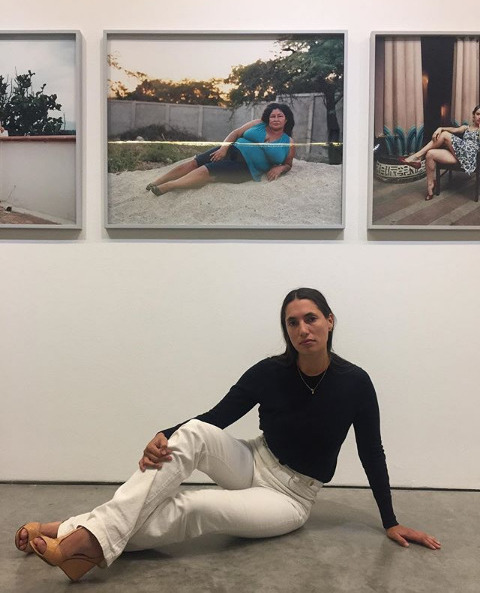
available photographs Karen Paulina Biswell
Series HOTEL VILLA EDEN
This is a collaborative body of work with jewelry designer Aicanon (JP).
TEXT The last days of the Eden by Sophie Boursat The last days of Eden. Not the paradise but the perfect setting for a discreet hotel on the ‘Promenade des Anglais’, the Hotel Villa Eden of the Eternal Riviera…the lingering mirage still flickering on the shore and the pebbles, already seemingly abandoned, soon to be sold. Behind the fine woodwork of the numbered doors, the red walls of the room with its outdated furniture from the seventies are duplicated in the mirror. At the window, the deep blue of the sea reigns with glittering potency. It is here they decided to glorify the last days of summer while escaping from the state of emergency with a photographic performance. The scenario of Eden is played out behind closed doors. Each at the edge of the other’s body, each at the edge of the other’s shore, sometimes wave, sometimes pebble. Practicing the power of making photographs through direct confrontation with this ideal of the self: taking photographs and at the same time taking nothing at all from anyone. Using photography as the possible language of a counter-power. From one to the other, from time passing or no longer passing, in the search for this perfect transition from the outside to the making of one’s body, to grasp the intriguing tension of fleeting truth. Without a doubt, a female matter. It is a fact that only women can truly confront their bodies and create images by sharing this acute self-awareness of their beauty. An awareness that is coupled a thousand times with the lucid gaze of self by others: an awareness of her power, her ass, eyes, long hair, legs, pussy and style. Ai said: outside everything was blue, inside everything was red. It’s more about attention and compassion than sexual desire. Like assuming responsibility for the image if you give the other your image? One is a photographer, the other becomes one. When you are a warrior, you have to feed the beast. Boundaries only serve to be pushed back. The control of the game is like in a manga scenario, you, me, the shock, the click and the way out. But there are also Japanese ghosts who have come this far, but you wear the kimono and the mask without being dispossessed. The mask is Covid. Now is a minimalist scenario, now the image is there. Out of the chaos, she has put everything back in order, fantastically and chronologically. They dodge sexualisation with humour, scrambling so that objectification remains a challenge. Being posed as a model is a comedy, a fiction. Yet seeing the other in disguise of oneself triggers unsuspected violence. Photography depersonalizes. It is not a surprise: the distance in the eyes of the photographer who constructs the images can be chilling. The surprise is this twisting of the ego as subject, me as image and you in me and the two of us together. The parables then unfold into a vocabulary of objects: As they leave this closed space, they look in the same direction and become calm in the infinity of this horizon to which they belong, of this elsewhere which reminds them of them and to which they will soon return. They are at peace. No banishment has taken place. No fault has destroyed them. Better: the other is a paradise and the eternal promise.
4 January, 2021
Turgescent tomatoes
pierre or stone
wallpaper
heaven or sky
the sea
marble or marbre
the pebbles, those pebbles as far as the eye can see the sea as far as the eye can see
the moon
its masks
the shoreline
raisins, grapes.
Series CHÈRE PIPI (Dear Pipi)
TEXT CHÈRE PIPI [DEAR PIPI]
In 2017, Karen Paulina Biswell became an artist-in-residence in the Amerindian municipality of Awala-Yalimapo in French Guiana through funding from the country’s Institut Français branch. From this residency came the project La Dernière Lune – Nuno Onoï [‘The Last Moon – Nuno Onoï’], an invitation to personally meditate on, and philosophically explore, femininity and the power of its harmony with the plant kingdom.
In today’s world, where people see culture as a tool for dominating nature and exploiting its essence, Karen Paulina Biswell echoes the Amerindian Kalina culture — with its cosmogony founded on an analogy between humankind and nature — to promote harmony between women and the plant kingdom in regard to our lives, ways of thinking and relations with human and non-human beings. By choosing women as her work’s main theme, the artist has also chosen to honour them. Indeed, women are the custodians of ancestral knowledge that has been almost wiped out by a colonial culture of patriarchy. Through a photographic collection of portraits of women from the local community and portrayals of the region’s natural aspects, Karen Paulina Biswell explores femininity in its deepest sense: the vitality of its union with elemental forces like fire, water, light, night and earth. The power of women’s bodies is revived. In this way, the moon (nuno), which features in the title of the series, recalls humanity’s guide, a metaphor for femininity.
Karen Paulina Biswell has chosen the Photographic Residencies to broaden the visible, geographical boundaries of her photography’s subject. In what will be her second residency in French Guiana, the artist intends to explore the Kalina area more widely, beyond the Amerindian municipality of Awala-Yalimapo, in search of communities living between French Guiana and Suriname. Karen Paulina Biswell seeks to examine this forgotten land that is very rarely photographed or only captured through stereotypes.
Series produced between 2018-2019. http://www.quaibranly.fr/en/collections/all-collections/photography-at-the-museum/the-photography-residencies/karen-paulina-biswell
TEXT francais COLOMBIE « Je traitais l’art comme étant la réalité suprême et la vie comme un simple mode de fiction ». Oscar Wilde CHÈRE PIPI En 2017, grâce à un financement de l’Institut Français, Karen Paulina Biswell entreprend une résidence dans la commune amérindienne d’Awala-Yalimapo en Guyane Française, auprès de la population kali’na. Le projet « Chère Pipi », issu de nombreux séjours au sein de la communauté kali’na, s’inscrit dans un contexte territorial au passé et présent incommodes, marqués par des relations ambigües avec les pouvoirs européens. Face à ce poids de l’histoire, l’artiste choisit d’explorer le sujet de la féminité et la puissance de sa communion avec le monde végétal. Dans un contexte contemporain où la culture est conçue par l’être humain comme un outil de domination de la nature et asservissement de son essence, la photographe a souhaité signifier une culture plus proche de la nature, à l’instar de la culture amérindienne kali’na, où le fondement de la cosmogonie se construit autour de l’analogie de l’homme à la nature, l’harmonie de la femme et du végétal au regard de nos vies, de nos façons de penser et des relations entre êtres humains et non humains. Alternant des portraits de femmes de la communauté et des fragments d’éléments naturels, Karen Paulina Biswell cherche à établir des correspondances entre le monde végétal et la figure féminine dans les cycles de transmission de la vie. En choisissant les femmes comme motif principal de son travail, l’artiste entend également leur rendre hommage. La rencontre des femmes de la communauté et plus spécifiquement des Pipi (grand-mères, en kali’na) chez qui elle a été accueillie lors de ses différents voyages en Guyane, a été déterminant dans la réalisation de ce projet. Incarnant l’amour, la sagesse et le respect au sein de la communauté, elles sont les gardiennes de connaissances ancestrales presque intégralement anéanties par la culture coloniale patriarcale. Karen Paulina Biswell explore dans ses images la féminité dans ce qu’elle advient au plus profond, dans la vitalité de son union avec les forces élémentaires telles le feu et l’eau, la lumière et la nuit, la terre. Le pouvoir du corps détenu par les femmes, est réactivé. Ce projet est également le fruit d’une réflexion sur le positionnement et regard de l’artiste. Lors de son troisième voyage en Guyane, en 2019, la photographe est confrontée à l’isolation et le rejet de l’appareil photographique par les membres de la communauté, situation qui remet en question la pertinence d’un échange avec ces derniers. « Il me fallait supprimer cette hiérarchie du regard et de la parole afin de cultiver l’intériorité où opèrent par le désir, l’instinct, l’ignorance, les révélations qui en découlent. Il me fallait abandonner la méthode d’interprétation, la nécessité de vérifier quelque chose par un jugement d’attribution et me diriger vers l’expérience. Je voulais traiter tout événement comme un flux qui irait d’eux à moi dans l’existence de mon désir éprouvé pour cette communauté, leurs croyances et leur combat comme je les ai perçus. Il n’est plus question de compréhension, ou d’accords intellectuels mais d’intensités, de résonances, de liens affectifs. »
Les images produites lors de ce troisième voyage répondent à ce changement de perception et une dissolution des acquis préexistants, et font état d’un « nouvel ordre cosmique, fidèle aux cycles de la forêt, aux cycles de la femme, au rythme du monde, au rythme de la vie », où la coalition entre monde autochtone et occidental devient possible. « Dans ce changement de perception, les images ne cessent de courir les unes après les autres le long de cette frontière entre le réel et l’imaginaire. Les perceptions et les affections changent de nature parce qu’elles passent toutes dans un autre système d’espace connecté à une réalité où la nature gouverne. La lumière devient mouvement et alterne entre lumière solaire et lumière lunaire. Les pulsations de cette forêt charnelle, des palmes, marquent le tempo, la ligne du temps. La réverbération du végétal nous rappelle notre désir d’atteindre cet autre monde qui se définit dans une image cristal toujours double ou redoublée. Coupé d’une narration linéaire, cet ensemble entre en rapport avec une image virtuelle, une image mentale, une image miroir, une image spéculaire. C’est-à-dire nous entrons dans le multi-naturalisme, à savoir la coexistence de plusieurs natures, dans un jeu d’autoportraits équivoques qui nous offre une possibilité de beauté et de pensée. » Impuissante face à un ordre nouveau et débarrassée en conséquence de ses préjugés dans sa quête de spiritualiser la nature, la photographe a plus que jamais ressenti le besoin d’être au plus près de cette nature plurielle. Plus que le regard, sa caméra est devenu l’œil de l’esprit révélé par les réverbérations du désir.
Karen Paulina Biswell est née en Colombie en 1983. Elle émigre en France avec ses parents dans les années 1990, fuyant l’extrême violence politique de son pays. Son travail, en constante redéfinition, traite de la vulnérabilité morale et de la destinée humaine. Saisissant les aspects inexplorés du quotidien, éléments marginaux et provocants de la société, le travail de Karen Paulina Biswell s’intéresse aux états extrêmes de la pensée et de l’expérience humaine.
Ses photographies ont été exposées dans le cadre de plusieurs expositions : A4 Art Museum de Chengdu (2019), Fondation Vasarely, Aix-en-Provence (2018), Galerie Valenzuela Klenner de Bogota (2018), Rencontres photographiques de Guyane (2017), Cité International des Arts, Paris (2017), Les Rencontres de la photographie, Arles (2017 et 2016), entre autres. Son travail est entre autre nominé pour le Prix Pictet (2019), World Press -The 6×6 Global Talent Program (2017), le Higashikawa Award (2016) et Prix de la Photo Madame Figaro Arles (2016).
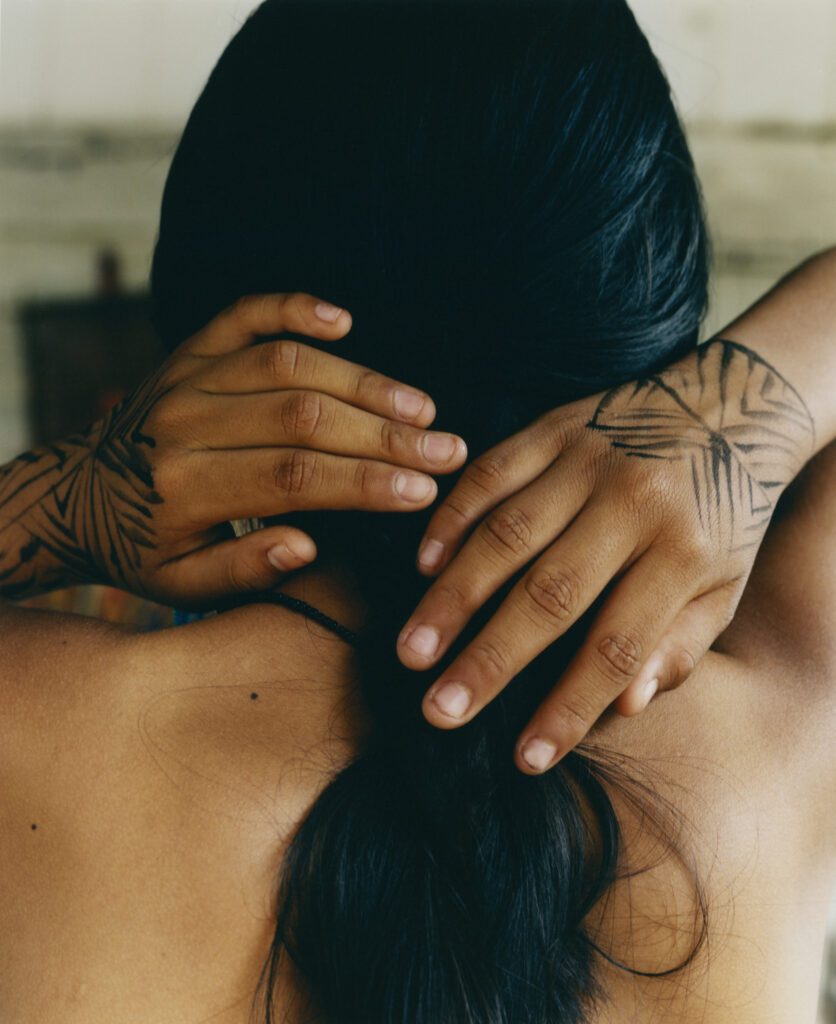
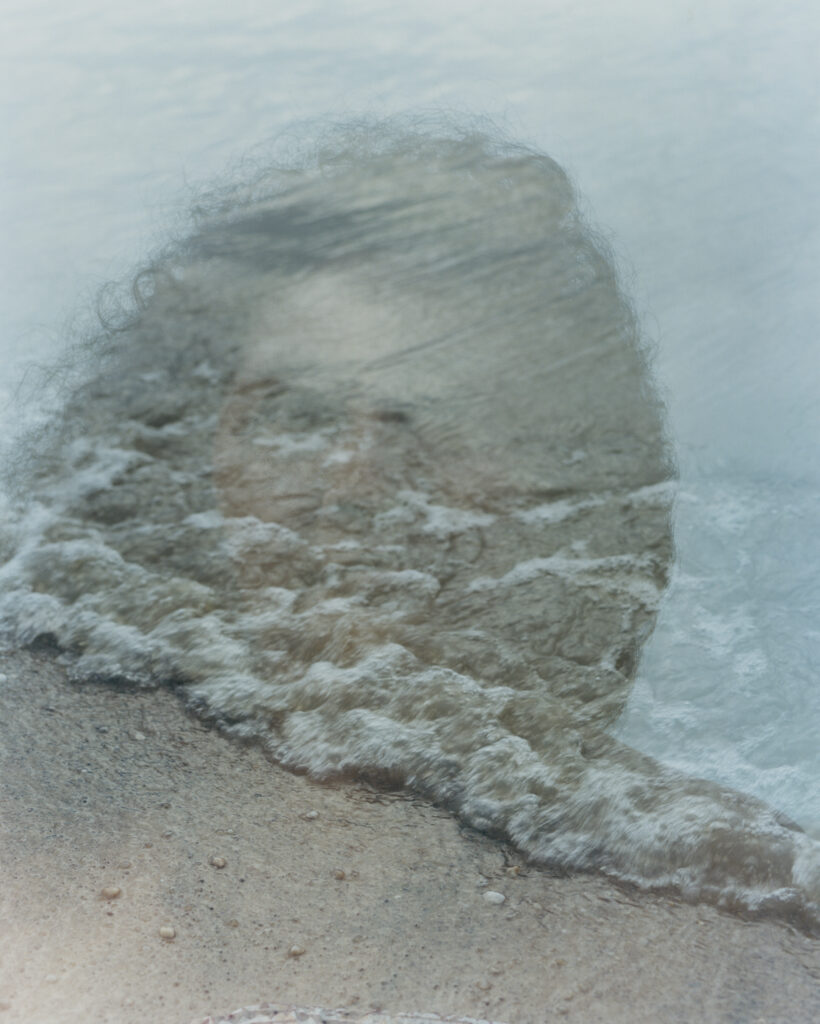
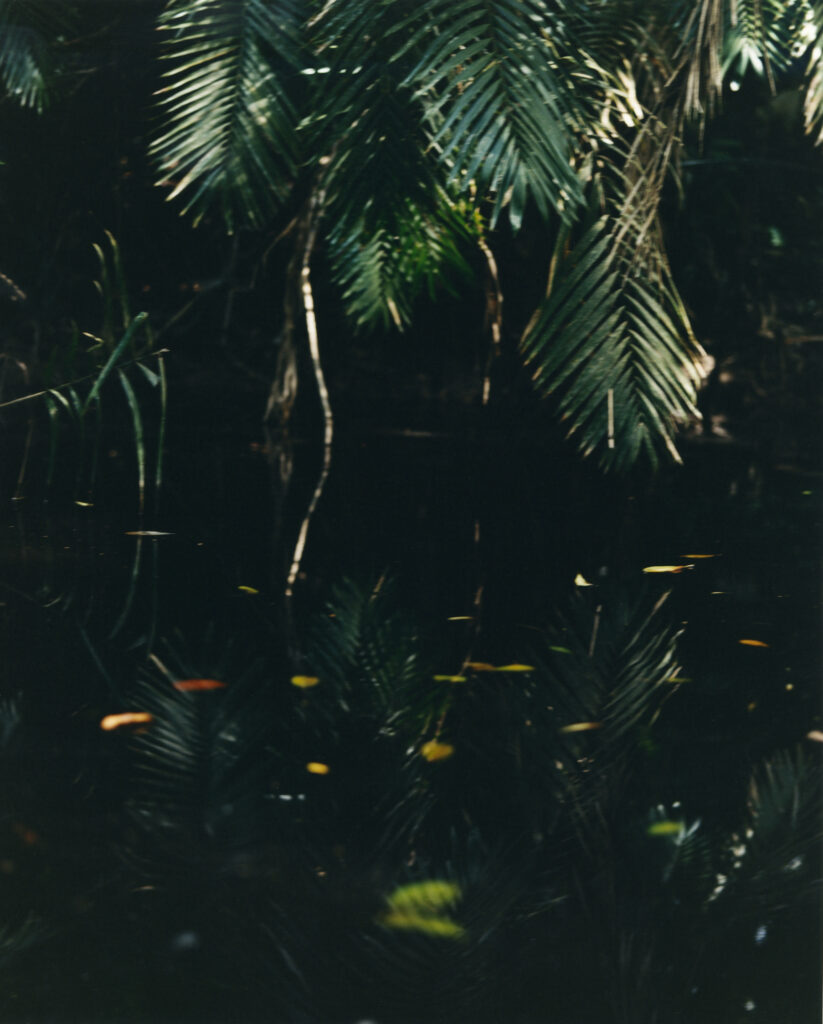
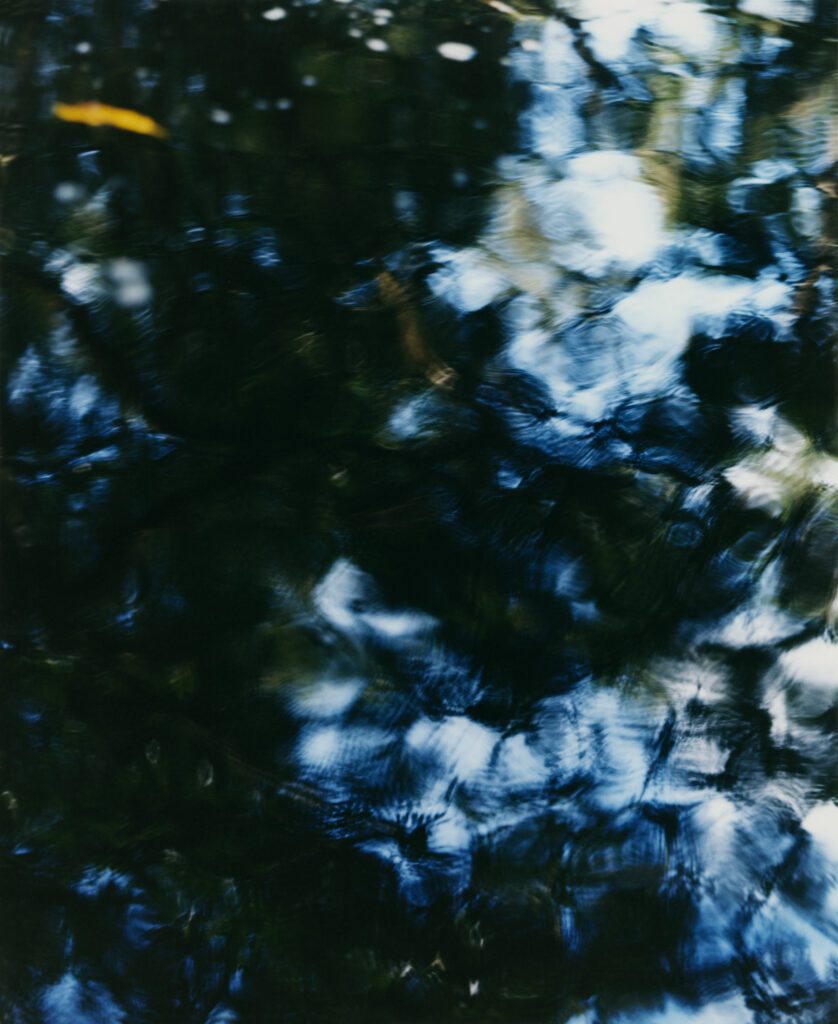
Series NAMA BU (We Exist)
TEXT by Karen Paulina Biswell ‘In the last 9 years I have been working on an artistic project called Nama Bu, from a hotel suite in the old city center of Bogota, which brought me to explore notions of voyeurism, vulnerability and the temptations of exoticism. Having been raised between Paris and Colombia, I have always been in transit from one world to the other, my identity always being questioned and reality being fought out between European urban existence and the idea of a lost paradise. I explore this schism and the logic of sense through the dramatic questions of who, where and why. Finally, there was the subject of art itself, the object transcending time through photography. It is a personal journey by way of projection and fabulation, transcending meaning, not interested in revealing per se, but in exploring what is hidden.’ The project came about due to an intuitive curiosity. It is born out of the development of friendship and trust with Lindelia and Abeiro, young Embera parents who, like many others, were selling jewellery on the streets. For several months I spent time with them on the streets. We developed a friendship and little by little the project grew organically alongside the relationship. A part of this work suggests the manner in which consumer aesthetics and ideas have influenced the displaced indigenous community and taken form in ways that were foreign to them in the past. Today, three generations of indigenous Indians live in the large cities. Without taking any preconceived political position, my experience with these communities, and the work that followed, is evidence of an enforced cultural fusion, however one that has become appropriated and naturalised with time. Prejudice leads to apprehension and thus a difficulty arises in being able to understand the daily struggle of these subjects. I wanted the portraits to express the spontaneous testimonies of this process. Something about the physicality and expressiveness of these people in the portraits creates a form of resistance to the loss of their place, and thus, their culture. Despite this loss, having access to their everyday life allowed me to witness the strength of their traditional values. This dichotomy became the central axis of the portrait section: to portray the enduring dignity of this community without showing the violent aspects to which they are subjected to. The portraits are, in fact, symbols of a form of resistance. They were taken in a hotel in La Candelaria neighbourhood: the colonial symbol of the city. This part of Bogota was constructed at a time when the indigenous values were destroyed by the imposition of With time, and as levels of trust and friendship grew between myself and Lindelia’s circle, I was invited to go and stay with them in the mountainous region of Risaralda. Their original place. This experience, and the photos taken there, contributed another layer to the story. They enabled me to create a three part reportage with a cohesive dialogue between three realities : the origin, the situation, and the testimony.
NAMA BU, in native Embera means, We Exist, and reveals a collaboration with the Native American Embera Chamis community. This is an intensely personal voyage that explores themes revolving around personal and collective identity against a backdrop of extreme beauty and violence in Colombia. NAMA BU explores different aspects of the artist’s relationship with this unknown world. From voyer to hostages, we are then allowed in their cosmic vision, from fascination at first to misunderstanding, and finally to what can only be called a true revelation.
The indigenous groups that line the streets of central Bogota are in some way a living memory. We acknowledge their existence as a symbol of heritage, however there is a fractured relationship between this consolation of memory and of the contemporary circumstance they have come to assume.
circumstance they have come to assume.
The co-existence of the native Indian and the city dweller, at first sight so contrasting in matters of sociocultural values, was what triggered me to realise this project. Little by little I entered the daily realities of the Embera community in Bogota. I met Lindelia and her young family of three children, who were living in one of the many 8000 pesos a night tenement rooms in the neighbourhood of Favoritas, below Caracas and Calle 15.
In the past 70 years, Colombia is a country that has become very familiar to forced displacement. The large cities have become spaces of social activity built on prejudices towards the hostility of the street and poverty, and where a fabric of displaced groups and individuals roam helplessly.
The reconstruction of the social fabric in Colombia requires a vision free from prejudice, as well as a strengthening of the collective and individual imagination of understanding and conciliation. Forced displacement processes generate traffic from one culture to another which in turn instigate cultural mutations.
Creole-European bourgeois ideologies. The irony of this situation was that it was the only place to authorise my entry with indigenous groups.

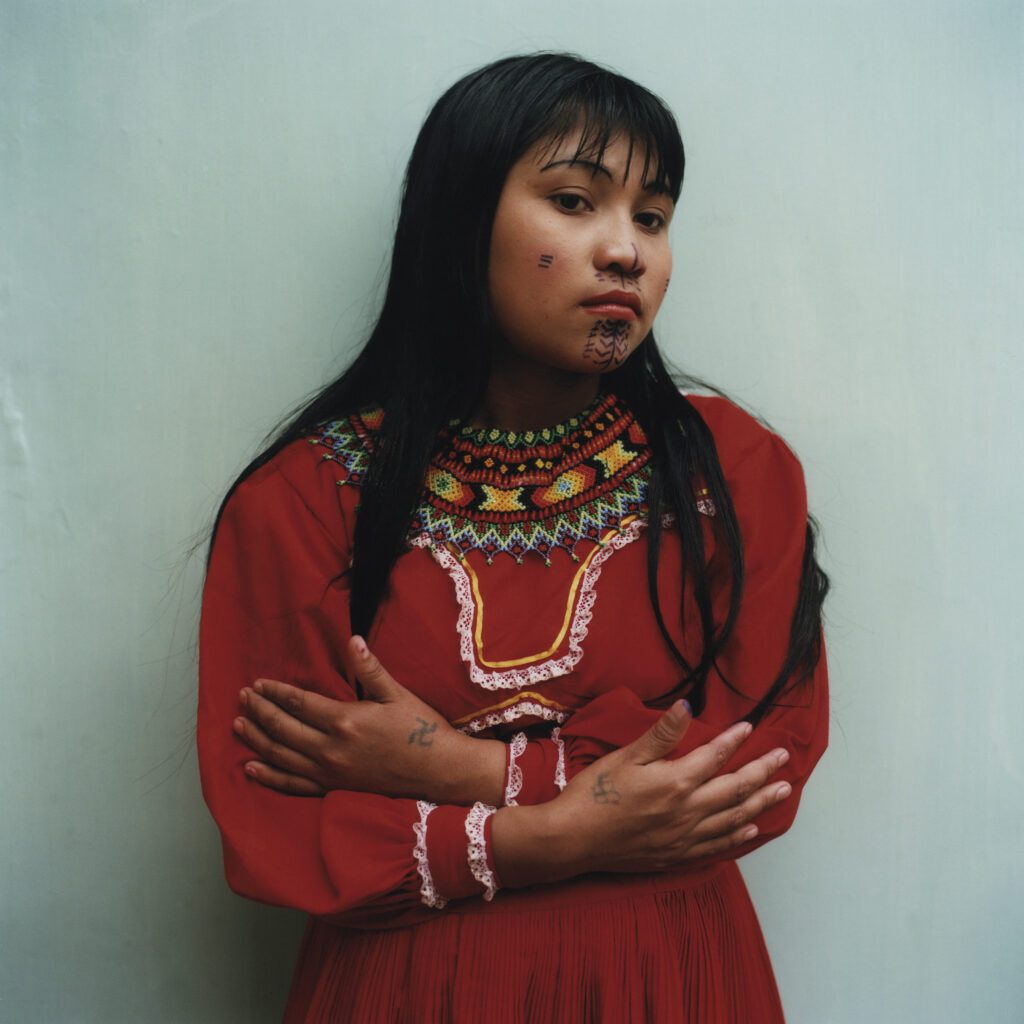

Series CARAYURU
TEXT The series Carayuru was shot using the discontinued FUJI INSTANT COLOR FILM FP-100C and Polaroid camera (turning them into collector`s items). The film produces photos of outstanding quality and was used for commercial purposes, including product photography. Karen uses a mechanical camera and analog film, because it allows her to work in remotes areas, where electricity is scarcely, Therefore, she is not dependable of charging the battery or carrying a large set of chargers. Furthermore, humid climates have great impact on digital components, but for the mechanical ones, they enhance the photography producing fascinating light distortions. Nonetheless, the use of the instant film goes beyond the technical limitations imposed by the Amazonas. The immediacy of the photography allowed Karen to interact with a complex environment. Not only for its ecological richness, but also the social one, by adapting herself to the shamanic practices and preparing her for the rituals. Using a different medium, will demand more attention, breaking the balance between her as observer and actor in a magic world. Want to learn more about polaroid and artists. We recommend to read The Polaroid Project At the Intersection of Art and Technology . Editors: William A. Ewing & Barbara P. Hitchcock. Carayuru Series - by Karen Paulina Biswell “According to the mythology of the Yuruparí anaconda, when the blood from the burning animal reddened all the clouds, a drop fell on the skin of the anaconda’s daughter and created the first menstruation period. From this cycle born the Carayuru plant, a source of life for women and protection for everyone. The jungle is surprising for its plants diversity and even more by the infinite number of vernacular uses. Food, medicine, kitchen tools, hunting, housing, and fishing uses, musical instruments, ceremonial objects and other uses that are beyond our western understanding. What you get from the jungle is the life that revolves around plants. Rather this plants poetry could be consider the technology. Uses as construction and others more sophisticated, reveal the relationship that exists between the inhabitants of these places, the territory and the time. This interplay, this millennial time period of the plant fermentation, is a transformation of knowledge in the subtraction of alkaloids and pigments from the plant. Today I use the Carayuru to protect myself, but above all to communicate with the jungle, in a dimension where the care of the community is part of its technopoetry.” Photo credit: Jean-Michael Seminaro © MOMENTA | Biennale de l’image and Dazibao.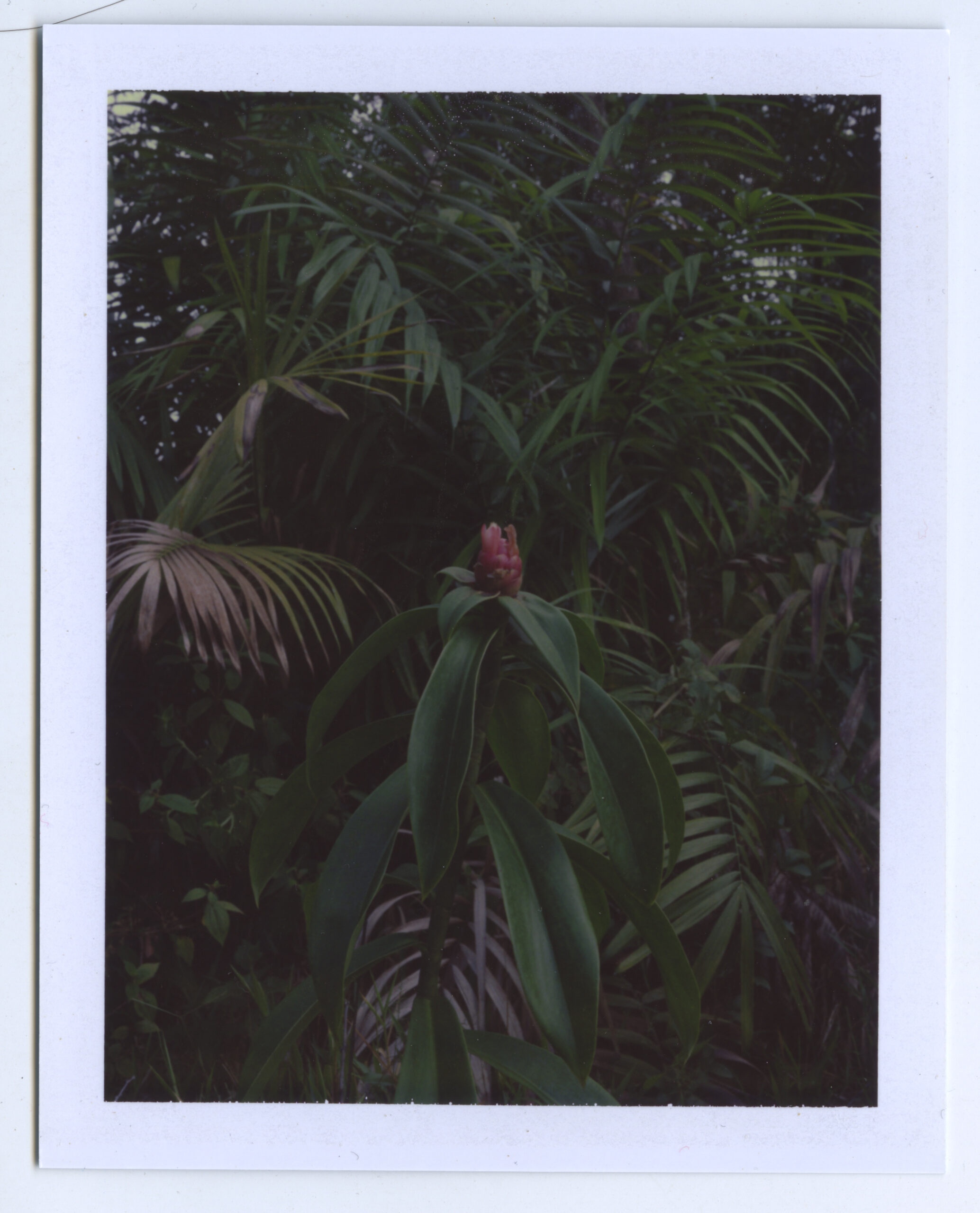
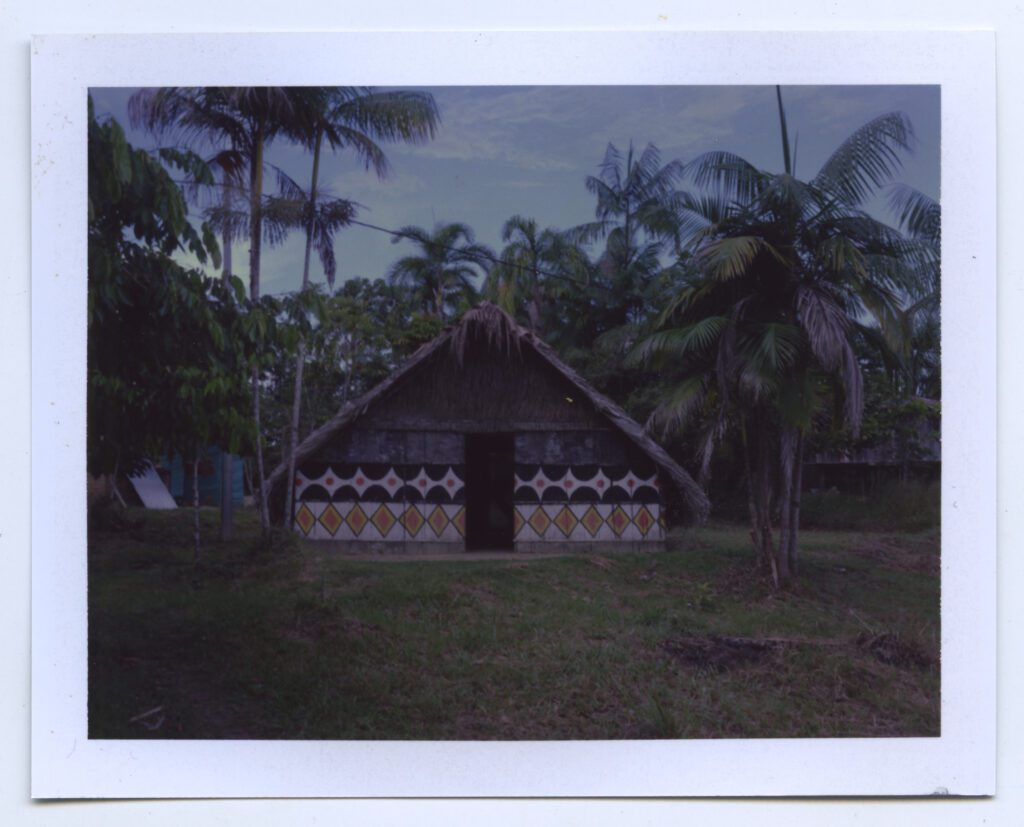
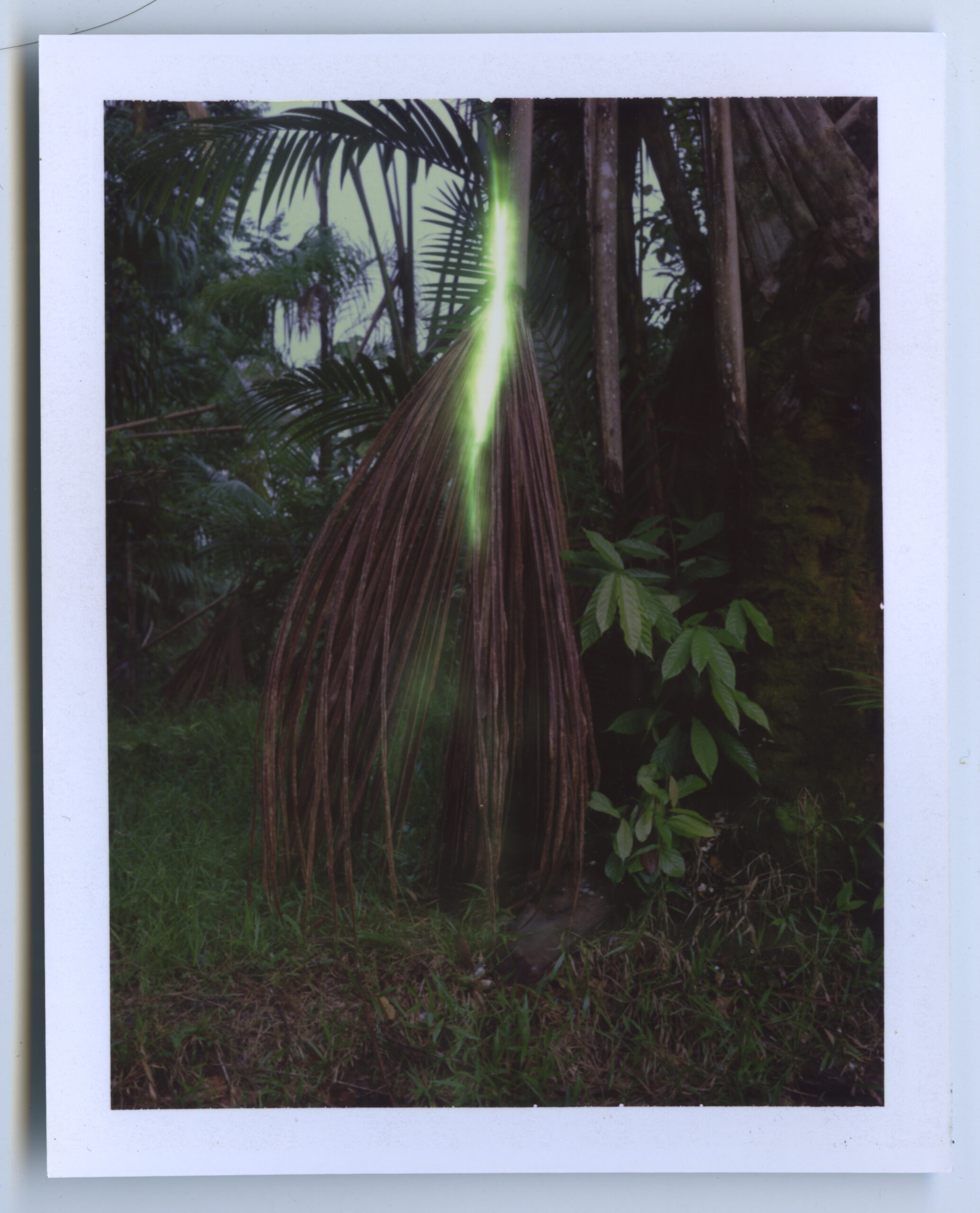
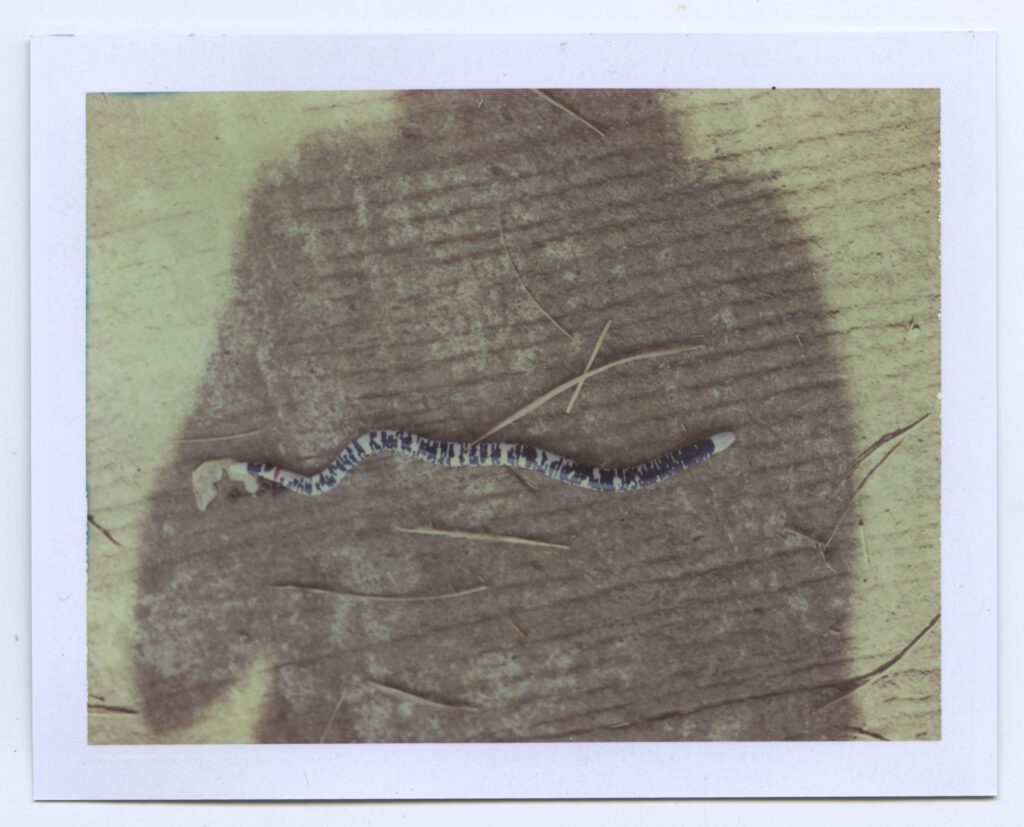
exhibition views (selection)
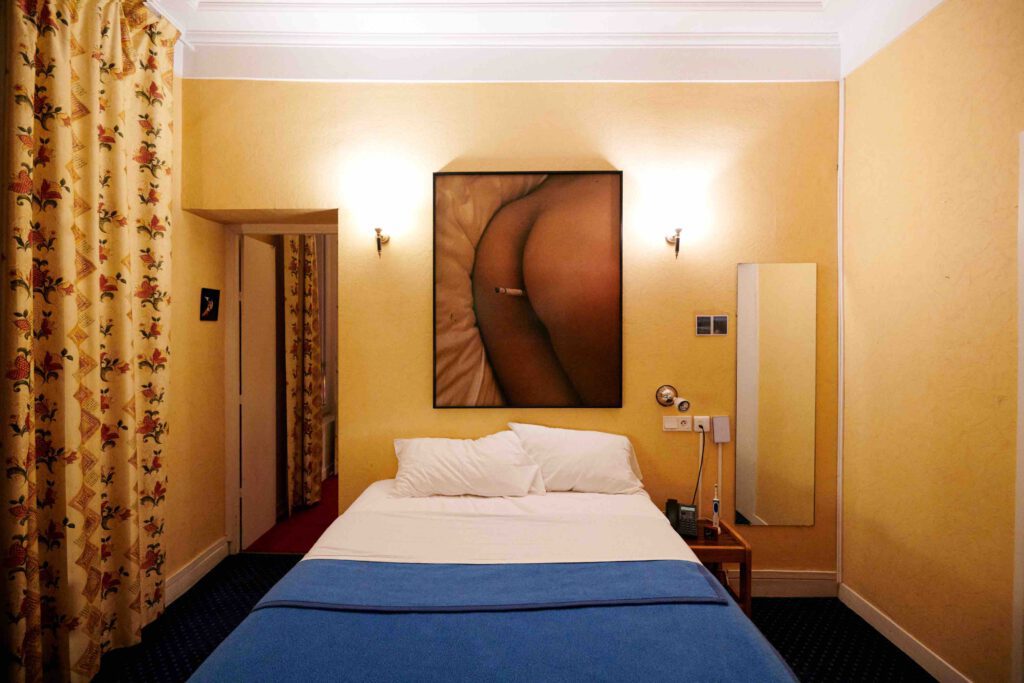
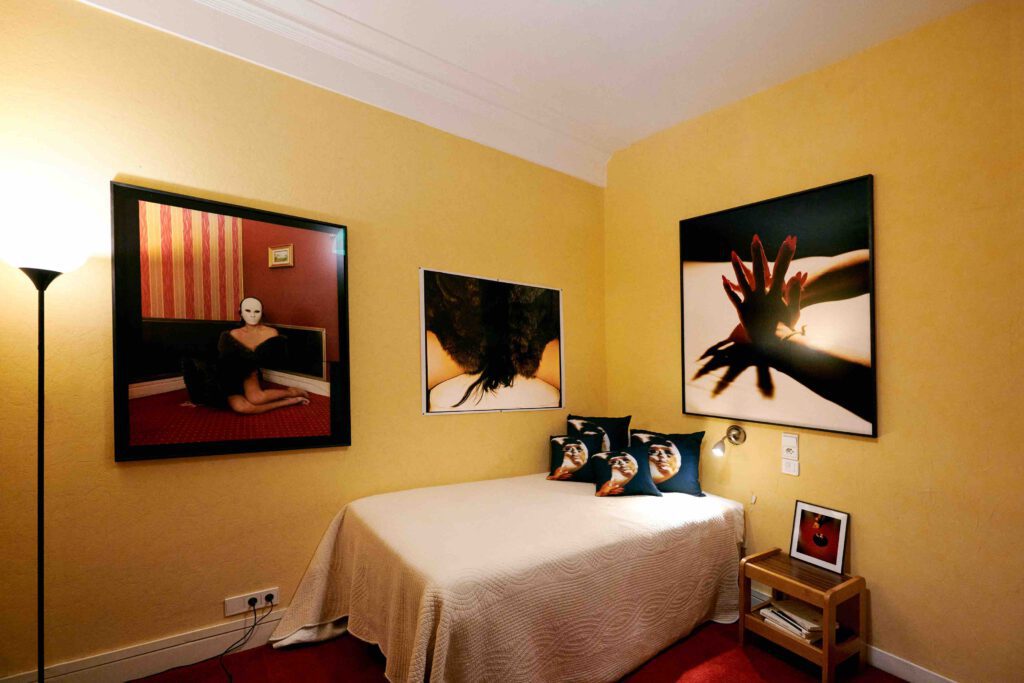
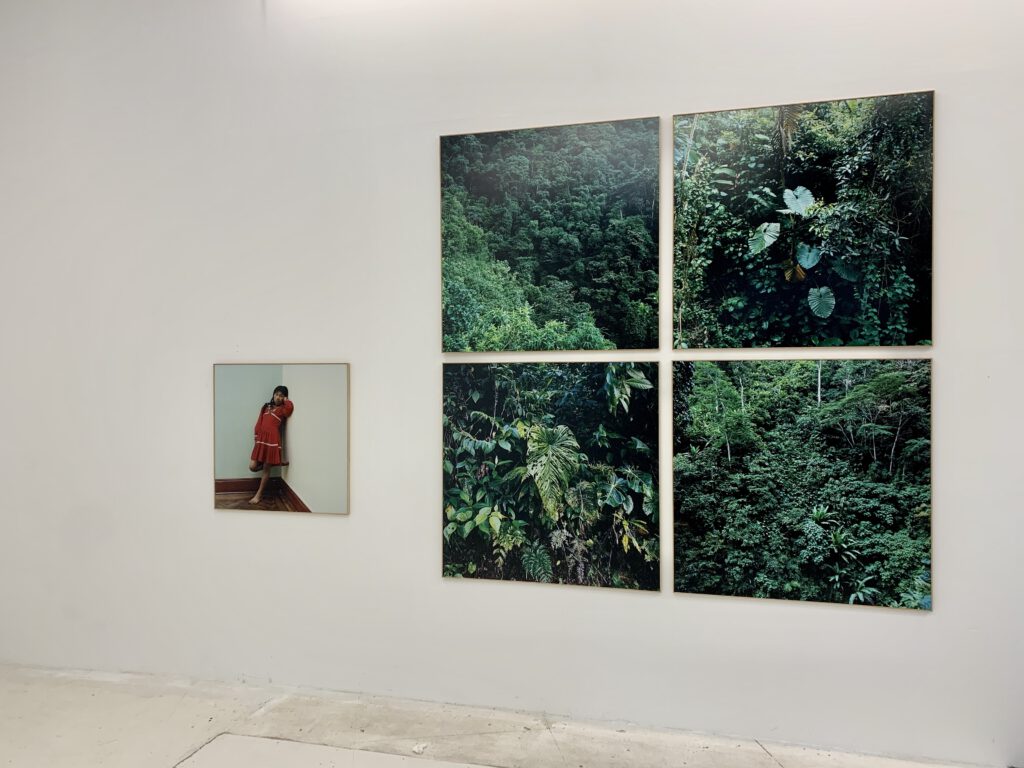
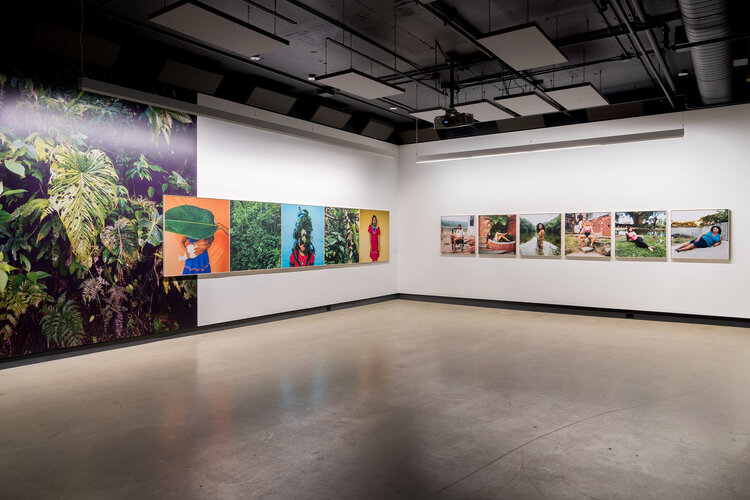
© MOMENTA | Biennale de l’image and Dazibao.